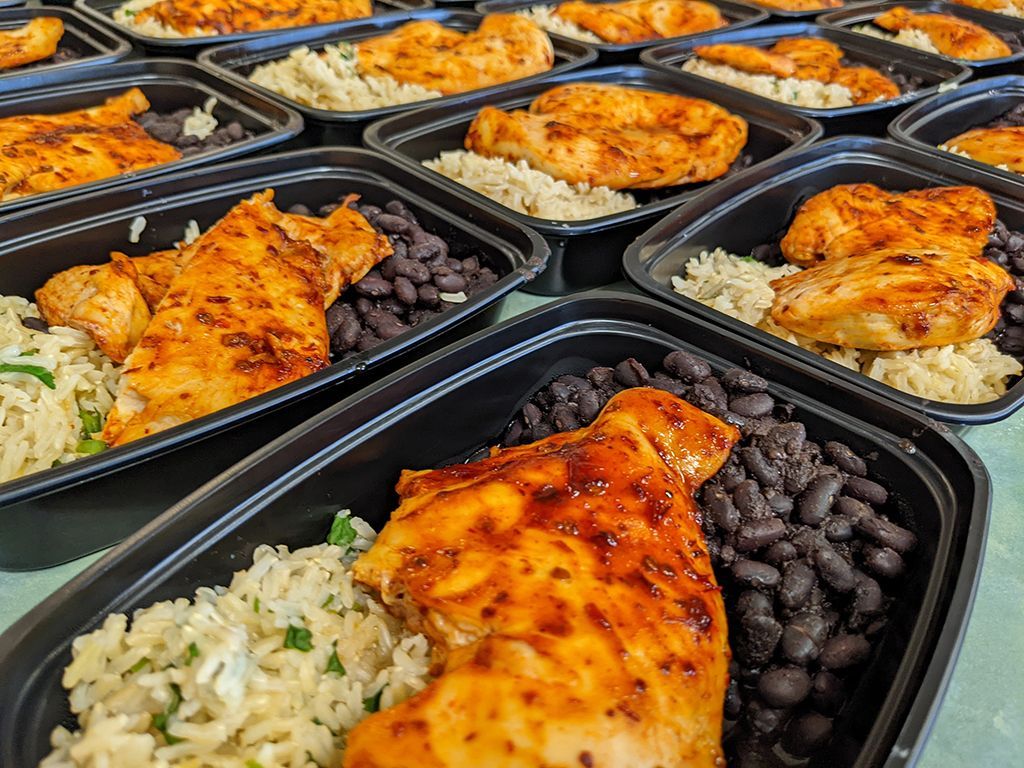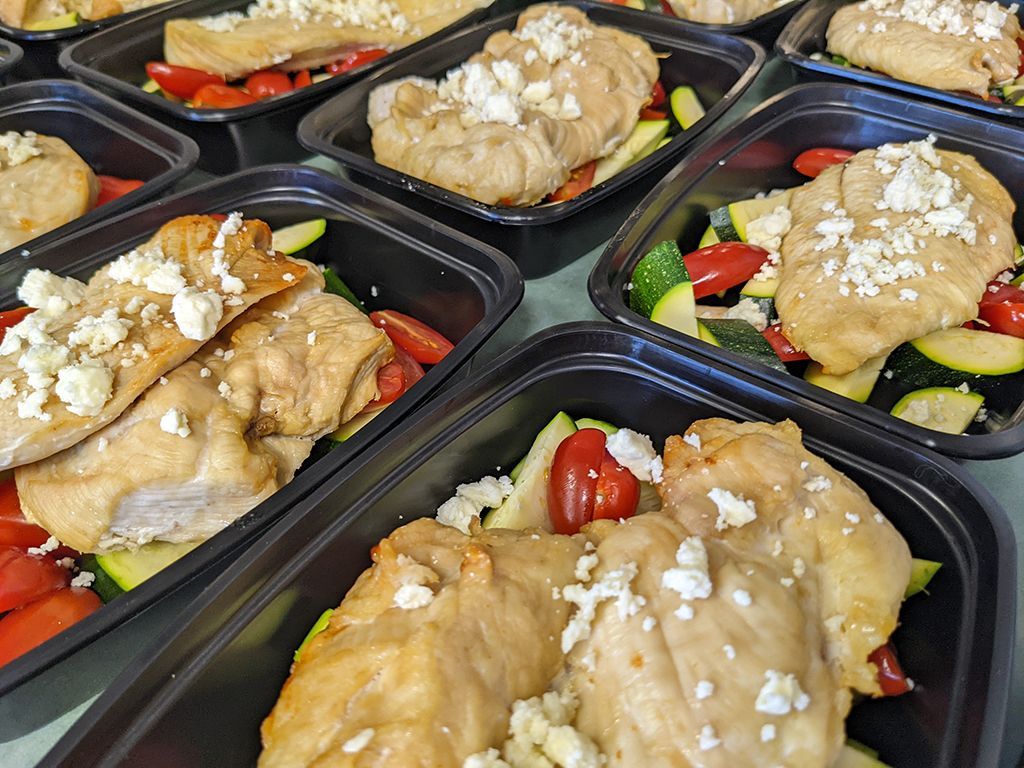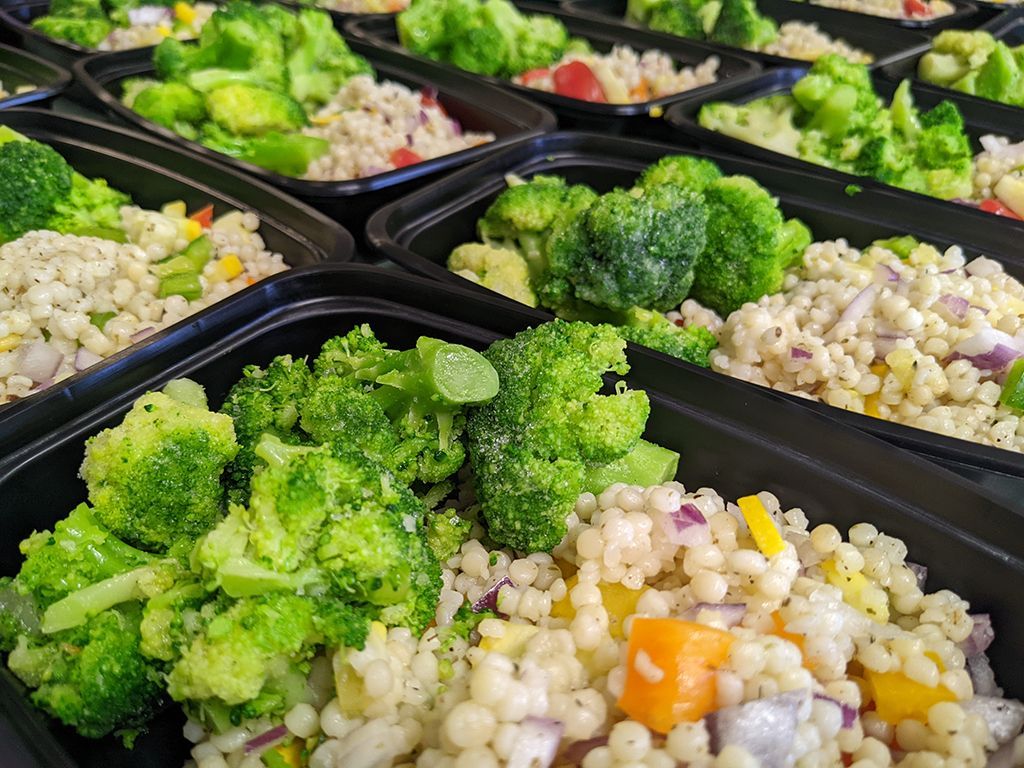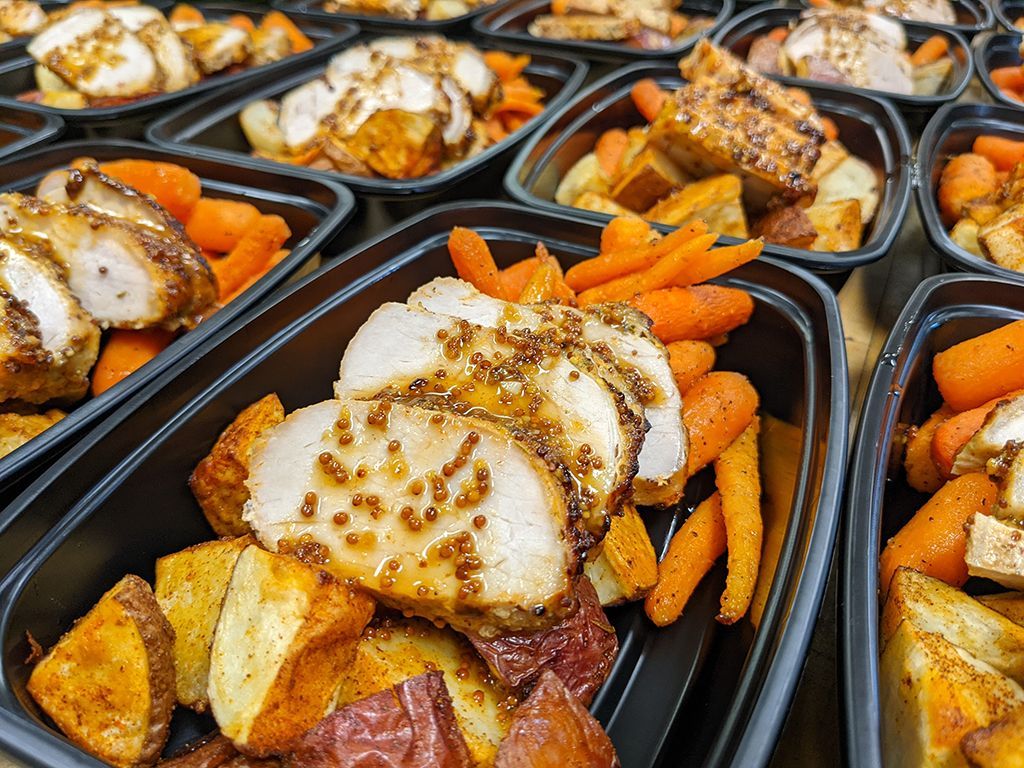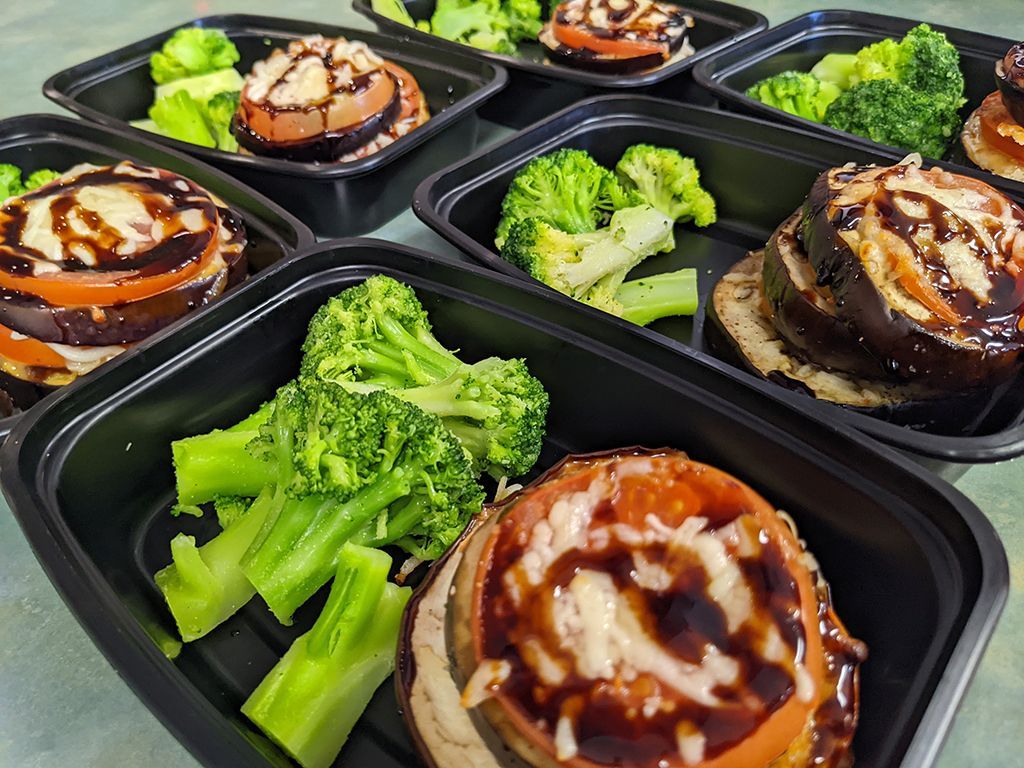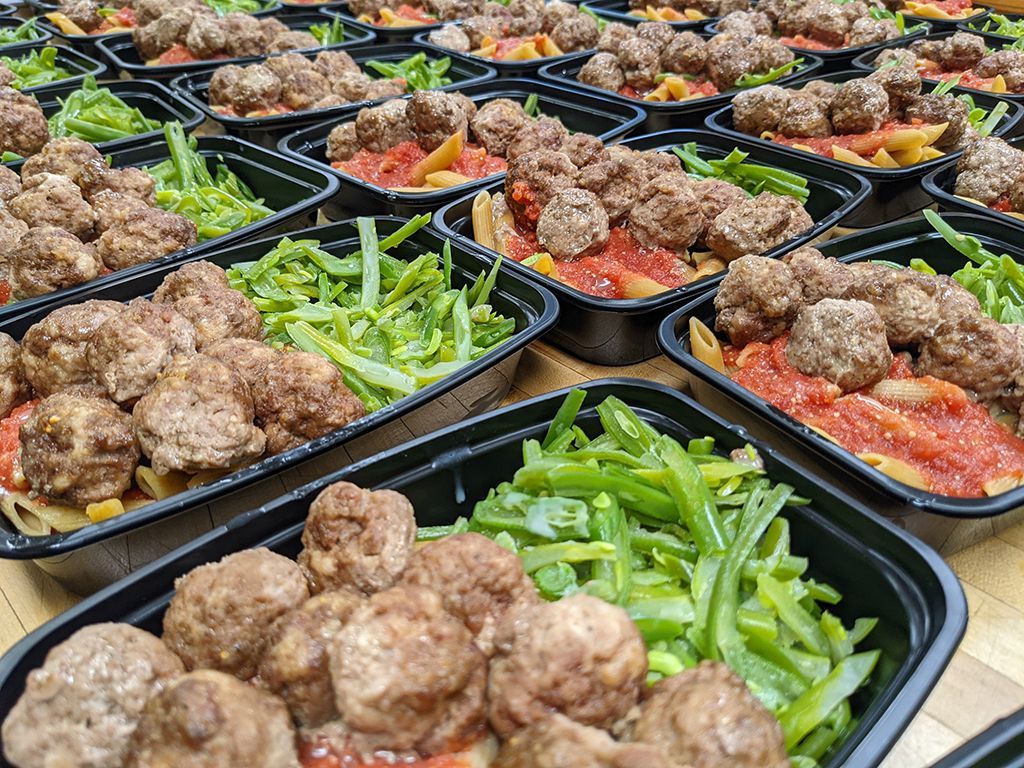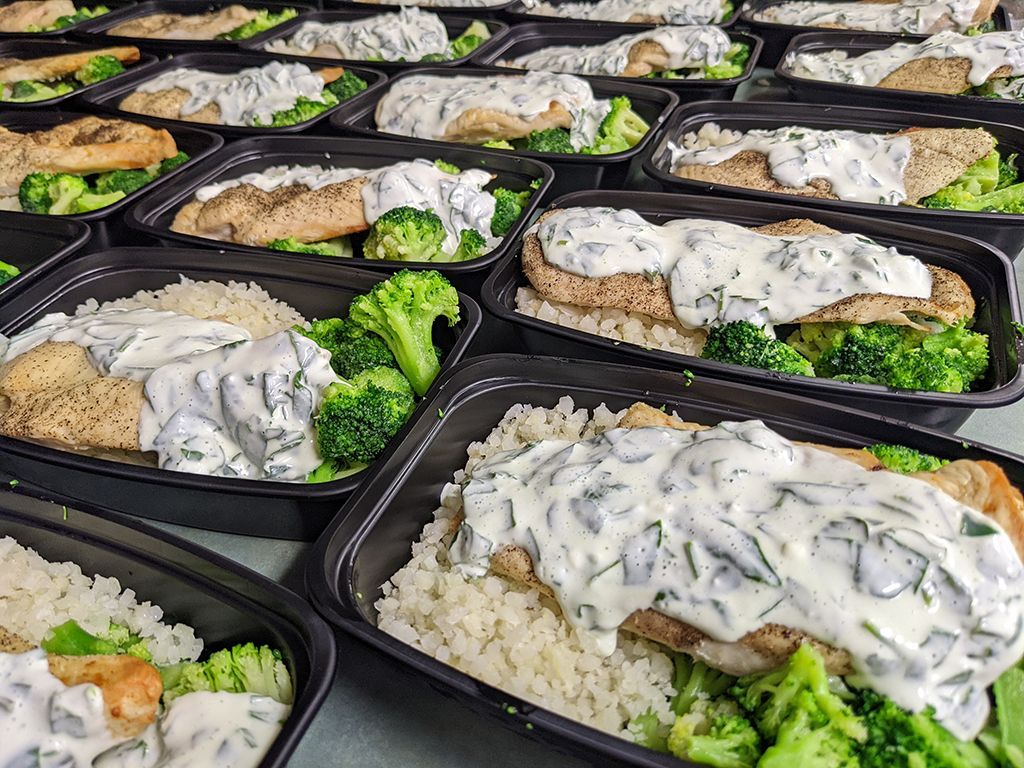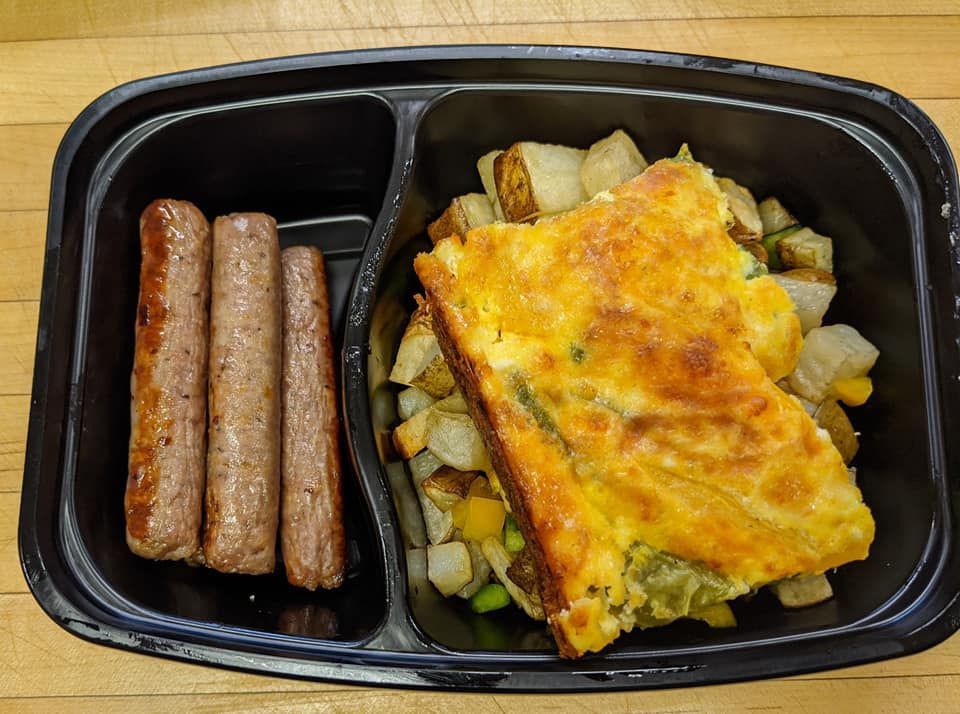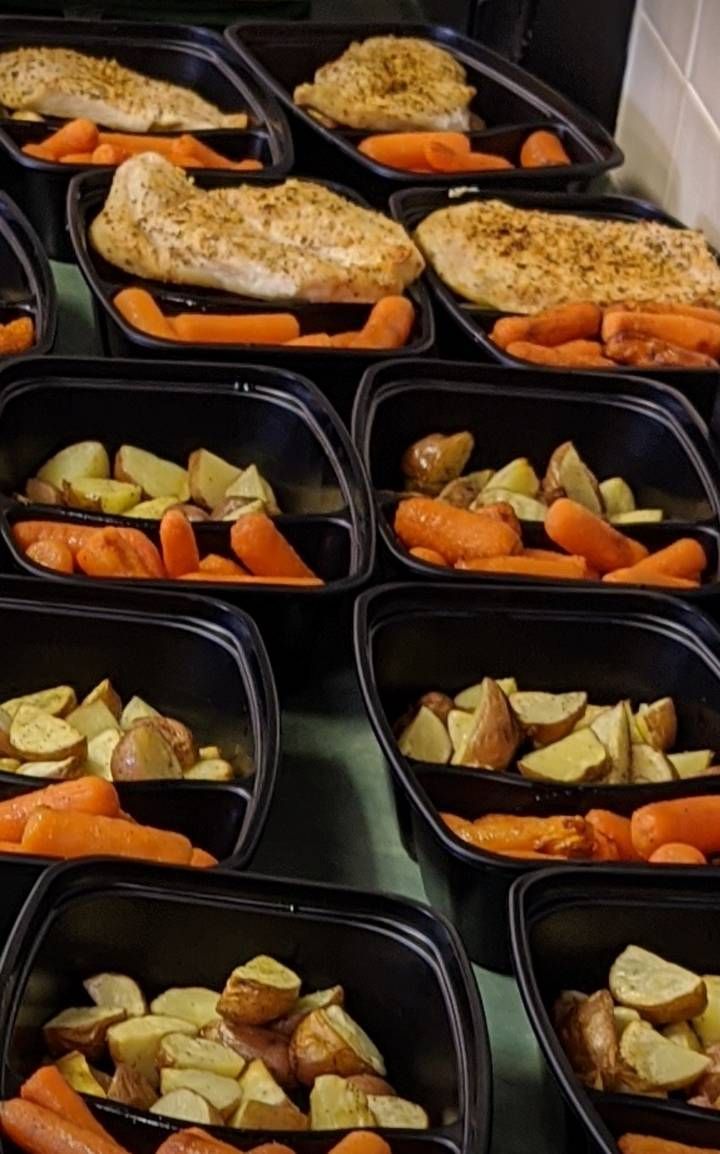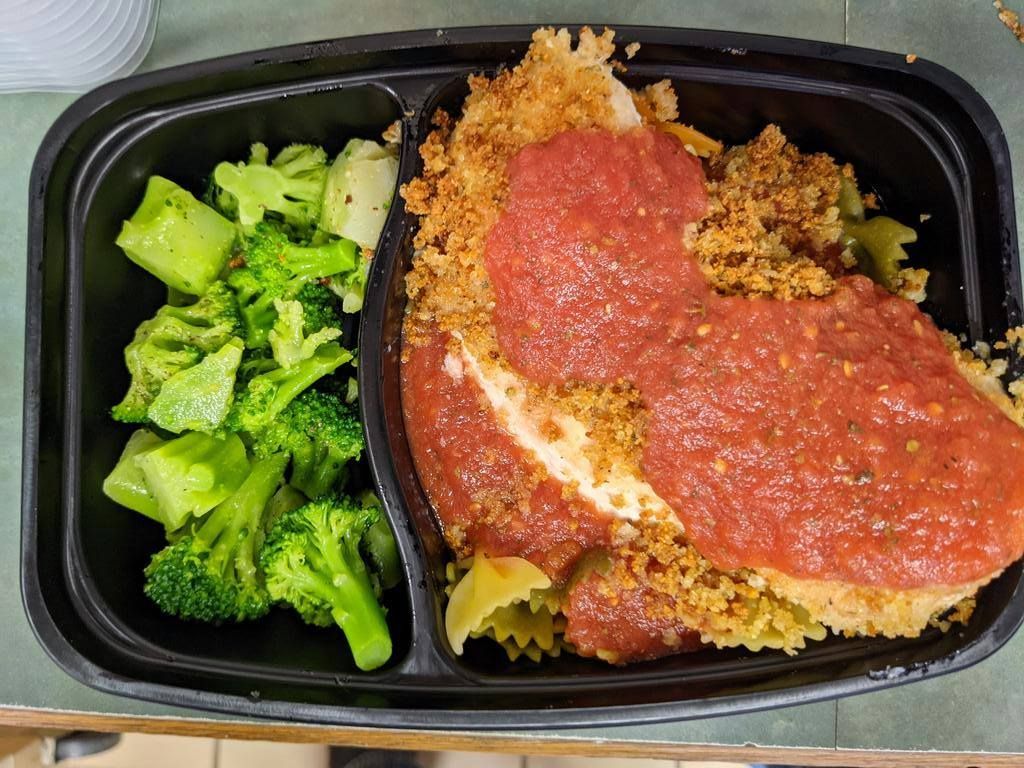MEAL INFORMATION
GET MEALS
Chef Daniel Anschutz
along with our dedicated group of volunteers prepare tasty, healthy meals from scratch. Incorporating a wide array of culinary traditions and cultures, they create meals that feature fresh, high-quality ingredients–including vegetables and herbs that seasonally come from local community farms and gardens. Each week, we provide three nutritious entrees and two 16 oz. soups. The entrees are delivered frozen so that the meal recipient has the flexibility to reheat meals whenever they’d like to enjoy them. From time to time our meal recipients will also receive breakfast bags, shelf-stable meal kits, and other food items that they can enjoy.
Food Allergy Disclaimer: Compassion Delivered prepares food in a kitchen that may share equipment with other meals that may contain the following: milk, eggs, soybeans, peanuts, tree nuts, fish, and shellfish. We are unable to accommodate meals for anyone with a severe or life-threatening food allergy.
- Orange Roasted Chicken with sundried tomato couscous and asparagus.
- Mustard Pork Tenderloin with green beans and sweet potato mash.
- Chicken and vegetable curry with couscous.
- Ham & Cheese Quiche with breakfast sausage and seasoned home fries.
- Baked Cod with corn cakes and zucchini.
- Salisbury Steak with mashed potatoes and green beans.
- Eggplant Napoleon with orange glazed brussels sprouts.
A SAMPLE MENU
FOOD INFORMATION
Please note the following information: If you will not be home for delivery and have told us so, you must provide a cooler for your meals to be placed in. If there isn’t a cooler and the weather is going to be over 40 degrees, we will not leave the meals. This is for your safety.
The menu is different every week and includes dishes like:
Instructions for Reheating Soup & Meals
From Frozen
Thawed
Tips for Best Results
Food Safety
Meal Gallery
Containers are microwave and oven-safe.
Recommended for best result.
We highly recommend following this.
- Before reheating your meal, defrost it by taking it out of the freezer and putting it in the refrigerator overnight. Some clients find the food tastes best when defrosted for 24 hours before reheating. If thawed, your meal may reheat faster. Reheat a thawed meal for 2 minutes and then at 30-second intervals until thoroughly reheated. Please reheat to an internal temperature of 165 degrees.
- The meal reheats best when heated on a plate or in a separate container.
- You will not have the same result if the meal is taken from the freezer to reheat.
Microwave: Meal containers are microwave safe. Heat in microwave until soup is boiling, stirring occasionally while heating. Let soup sit for 2-3 minutes to cool down before enjoying. *We recommend adding 1-2 tablespoons of water in the bottom of the container to help create steam and reheat easier.
Microwave for soup: Soup containers are microwave safe. Heat in microwave until soup is boiling, occasionally stirring while heating. Let soup sit for 2-3 minutes to cool down before enjoying it.
Oven for meals: Preheat oven to 325°. Place the meal on the baking sheet and place the baking sheet in the oven for 45-60 minutes or until hot. Do not heat in a toaster oven. Let sit for 1-2 minutes to cool down before enjoying.
Microwave for soup: Thaw soup in the refrigerator overnight. Heat in microwave until soup is boiling; occasionally stir while heating. Let soup sit for 2-3 minutes to cool down before enjoying it.
Microwave for Meals: Take the lid off the meal and lightly lay it on top of the meal. Heat meal on high for 2-3 minutes, stir, and remove vegetables, and then heat for an additional 2-3 minutes until hot (meals are fully cooked).
Oven: Preheat oven to 350°. Place the meal on the baking sheet and place the baking sheet in the oven for 25-30 minutes or until hot. Remove the lid; you may place foil over it if desired. Do not heat meals in a toaster oven.
Please put frozen meals into the freezer as soon as possible. If a frozen meal has thawed before you put it in the freezer, do not eat it. This is especially important in the warmer months when food might spoil quickly. You must follow food safety guidelines to prevent sickness.

